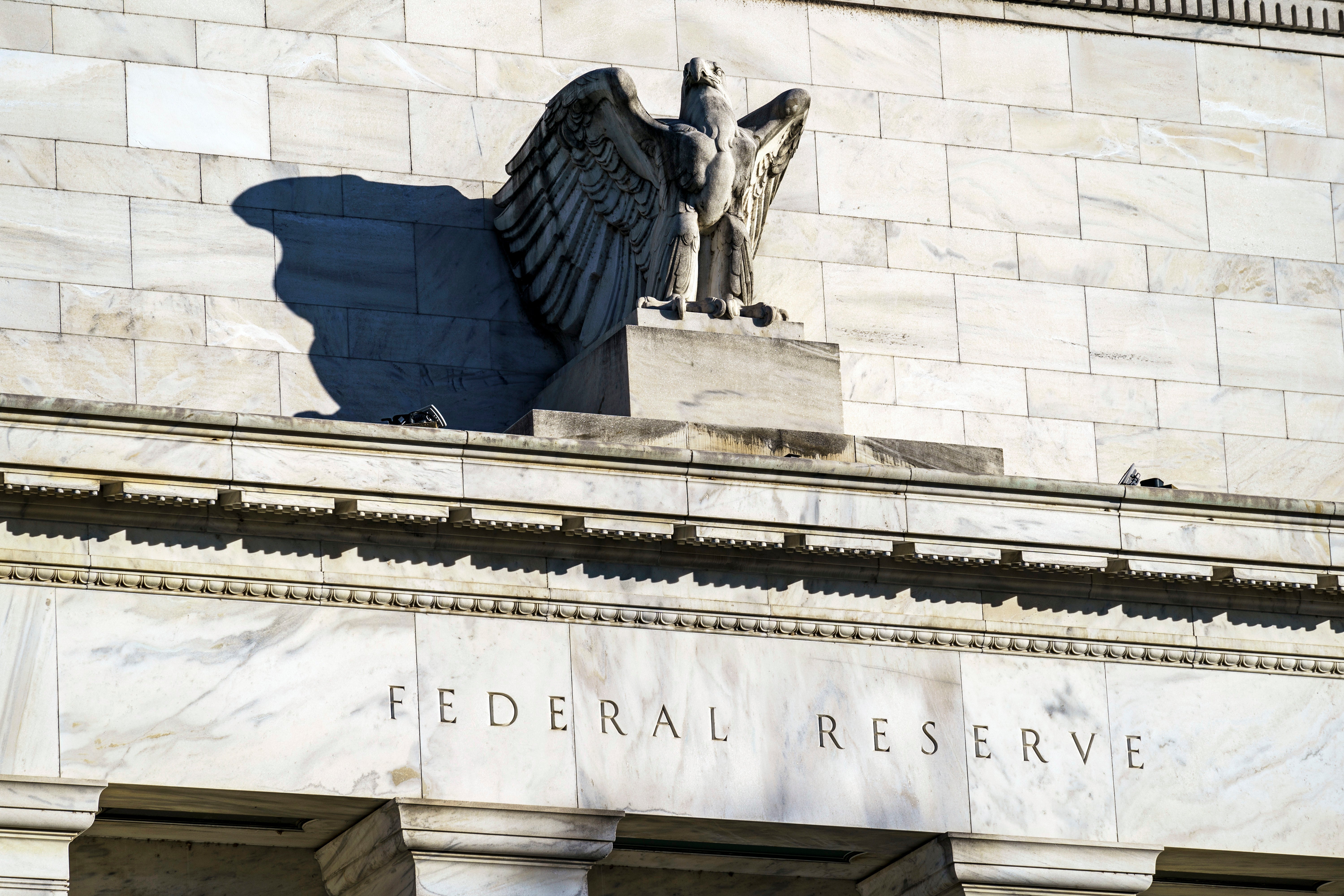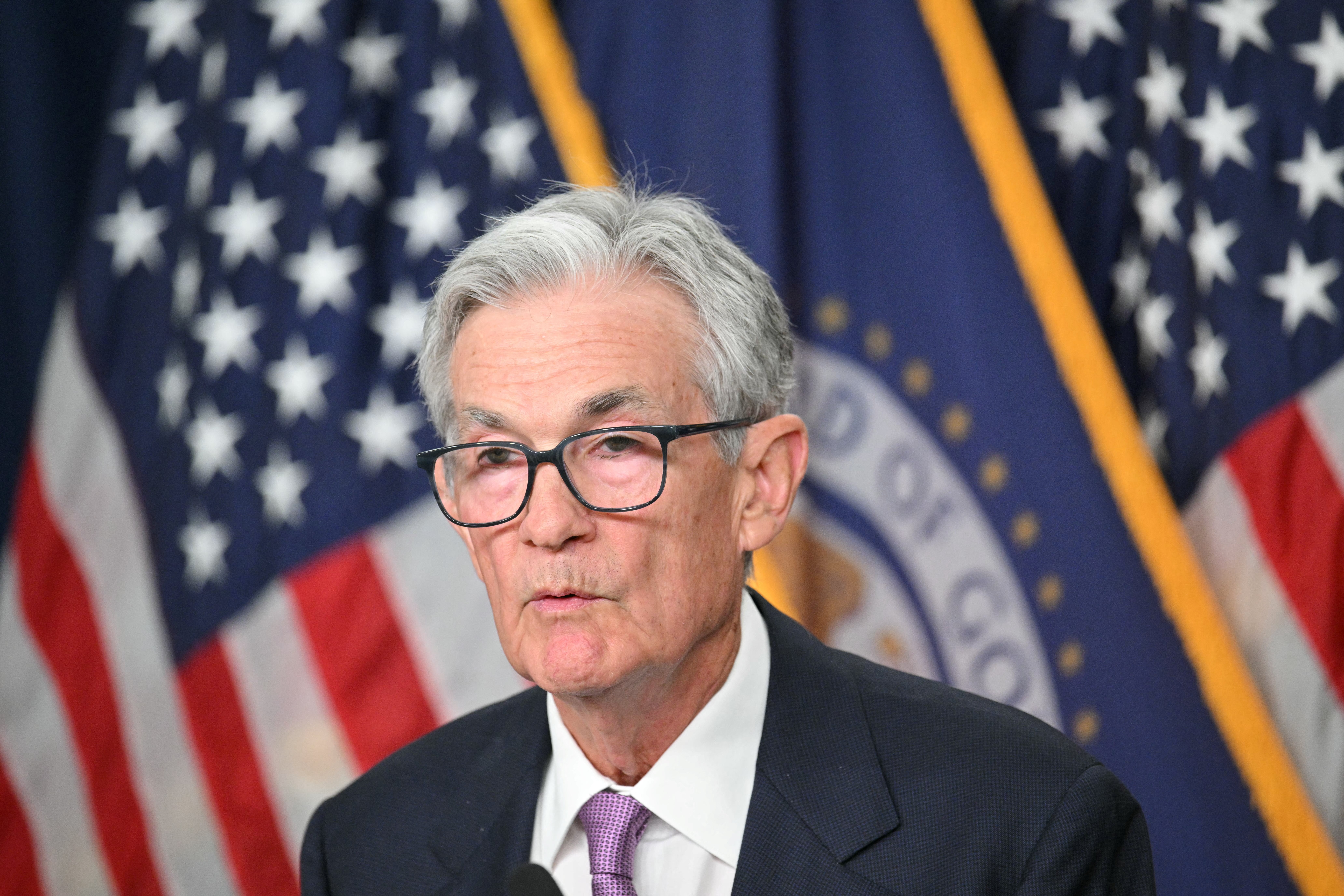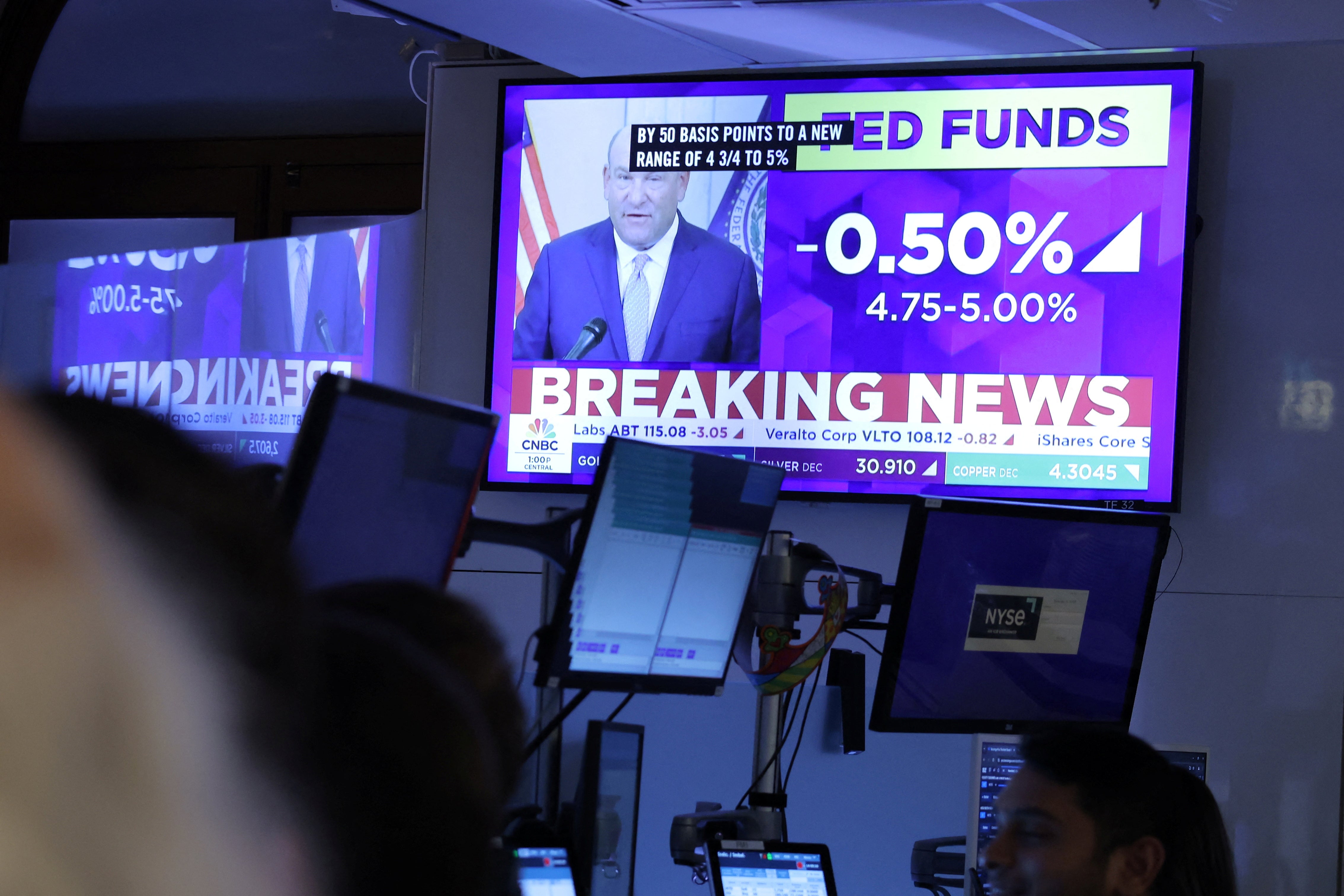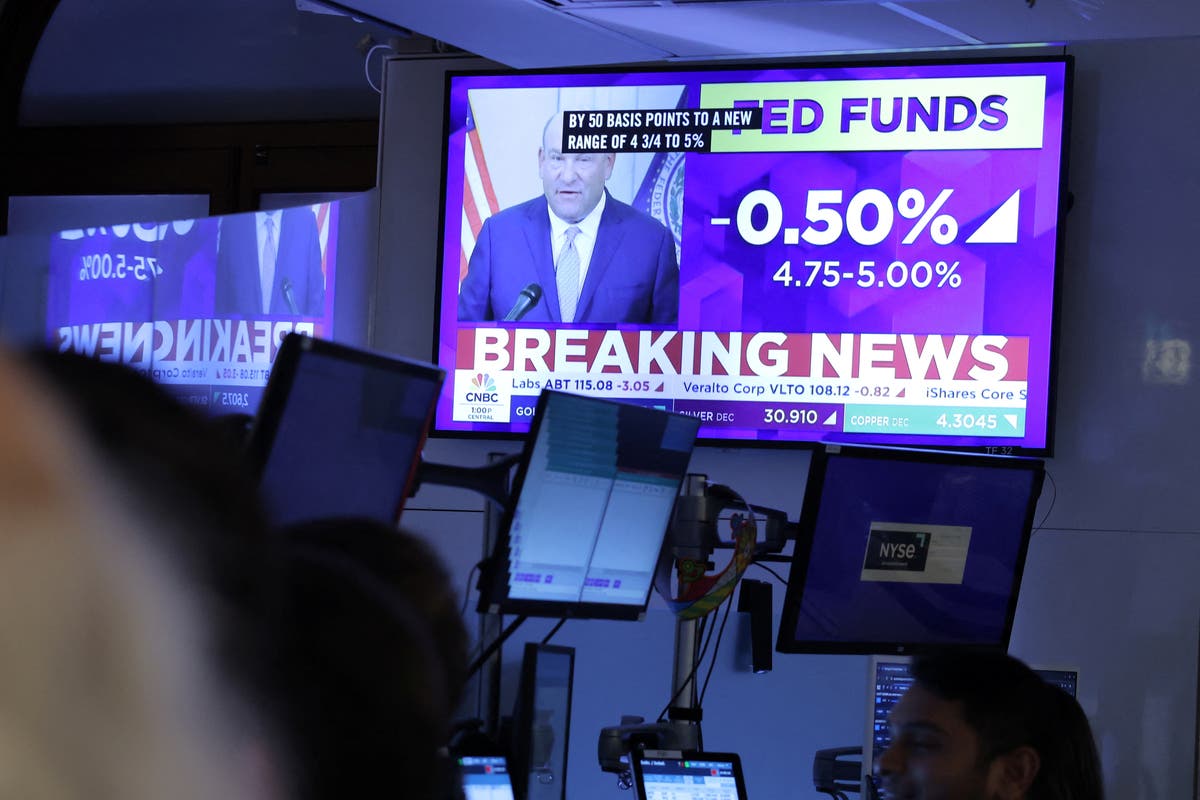The Federal Reserve has broken a four-year run and cut its benchmark interest rate by half a percentage point to 4.75-5.0 percent.
This significant move signals that the US central bank believes it is winning the war on inflation and will now focus on preventing the job market from weakening.
One immediate effect should be lower borrowing costs for both consumers and businesses in the run-up to November’s presidential election.
In an official statement, the Fed’s Federal Open Market Committee said: “The Committee seeks to achieve maximum employment and inflation at the rate of two percent over the longer run. The Committee has gained greater confidence that inflation is moving sustainably toward two percent, and judges that the risks to achieving its employment and inflation goals are roughly in balance. The economic outlook is uncertain, and the Committee is attentive to the risks to both sides of its dual mandate.”
The Fed’s benchmark policy rate has been held in the current 5.25-5.5 per cent range for 14 months. That is longer than three of the last six Fed “hold” periods, in which interest rates were kept steady, but shorter than what preceded the 2007-2009 financial crisis.
As Wednesday’s meeting approached, there was an air of uncertainty as to how much the rate cut would be — typically, the central bank would make changes in quarter-point (0.25%) increments, but many Wall Street traders and some economists foresaw the half-point cut announced.
As the fight against inflation draws to a close, officials at the Fed have turned their focus to shoring up a softening job market in the hope of pulling off a difficult “soft landing” — managing to bring down inflation without causing a recession.

The half percentage point cut announced Wednesday shows that the Fed is confident in its mission to maintain economic growth as well as continuing to bring down post-pandemic high inflation, which has badly impacted consumer prices these past few years.
Economists believe that this week’s decision to cut the baseline interest rate is just the first in a series of cuts that will extend into next year.
These Fed rate cuts should over time lower borrowing costs for mortgages, auto loans, credit cards, and business loans. Both companies and consumers will be able to refinance existing debt at lower rates.
Theoretically, improved business spending could help bolster stock prices, already at record highs.
At a press conference after the announcement, Federal Reserve Chair Jerome Powell said the labor market “has cooled from its formerly overheated state” and that inflation has subsided significantly.
“Our patient approach over the past year has paid dividends,” Powell said, but now “the upside risks to inflation have diminished, and the downside risks to unemployment have increased.”

“This recalibration … will help maintain the strength of the economy and the labor market, and will continue to enable further progress on inflation.”
Despite a booming stock market, solid economic growth, and low unemployment, the public perception of the economy has been gloomy due to high interest rates and substantially higher retail prices across most consumer spending categories from groceries to travel.
Such financial pressure on American households has provided former President Donald Trump with a robust attack line to use against Vice President Kamala Harris during campaigning, tying her directly to President Joe Biden’s record in the White House and attempting to undermine her pitch as a candidate of generational change and economic competence.
Harris, for her part, has hit out at Trump’s plan to impose high tariffs on imported products, which would result in higher costs for consumers, hurting American wallets further.
In a campaign statement, Harris said: “While this announcement is welcome news for Americans who have borne the brunt of high prices, my focus is on the work ahead to keep bringing prices down. I know prices are still too high for many middle-class and working families, and my top priority as President will be to lower the costs of everyday needs like health care, housing, and groceries.”
On Capitol Hill, Republican Speaker Mike Johnson commented: “That’s welcome news for consumers. It feels a little—the timing is a little suspect.”
Asked by Reuters what he meant by that statement, he replied: “Right on the eve of an election? I don’t know, count me as curious about it but look it’s welcome news for consumers. We’ll take it.”

Fed officials feel confident that inflation has largely been tamed, having dropped from a peak of 9.1 percent in June 2022 to 2.5 percent in August this year — not far above the Fed’s 2 percent target.
The central bank tackled spiking prices by raising their key interest rate 11 times in 2022 and 2023 to a two-decade high of 5.3 percent to try and slow borrowing and spending and cool the economy.
As a result, wage growth slowed removing one source of inflationary pressure. Oil and gas prices are also falling, indicating that inflation will likely cool further.
Consumers have also been pushing back against high prices and some retailers have had to launch discount deals to quell customer anger at post-pandemic prices.
After several years of strong job growth, hiring has slowed and the unemployment rate has crept up from its lowest point in 50 years in April 2023 by as almost a full percentage point — though it remains low at 4.2 percent.
While historically, such an increase would indicate that the rate will keep climbing, Fed officials and economists believe a lot of this increase is from new entrants to the labor market such as immigrants and recent college graduates, and not because of redundancies or layoffs.
In anticipation of Wednesday’s rate cut, many borrowing rates have already fallen, with the average 30-year mortgage rate down to 6.2 percent last week from a peak of 7.8 percent 18 months ago.
With reporting from agencies

